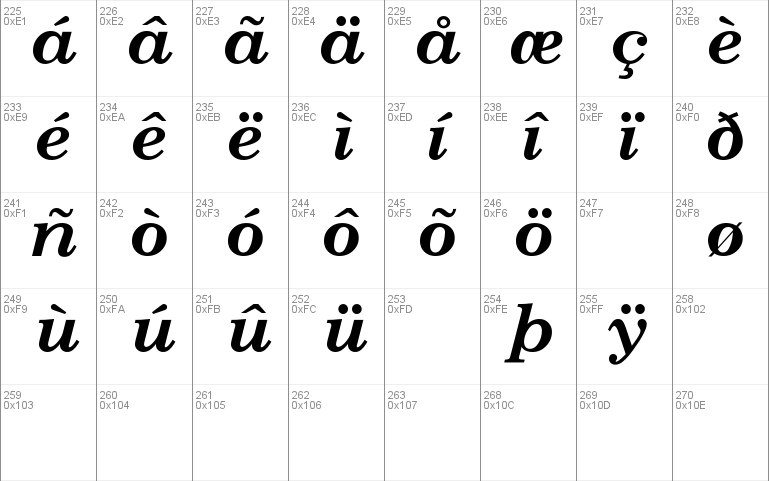
Second, fonts with multi-word namesneed to be enclosed in quotes. First, of course, is that you need to support specific fontswith a generic family, just in case. You also need to put the font's size before the font's family again, it's what the specification requires.Īs we've seen, there are a few things you have to watch out for if you wantyour font declarations to yield what you had in mind, or at least somethingclose. We don't care about the font's size, or anything else. Let's say that we want a certain font to be used for the body text of a document say, Times, which is a very common font. To help you with this, and in keeping with the spirit of this week's issue, let's take a closer look at how CSS1 handles fonts. Because of this fact, by the way, the FONT tag is deprecated in HTML 4.0, which means it's on its way to being dropped entirely from the specification, so you may want to consider how you're going to make the transition from the FONT tag to using the CSS1 font properties. Now, of course, CSS1 offers a much better and more comprehesive system for setting font styles, sizes, and more. Not only that, but control over the font's size was crude at best, being defined on a scale from one to seven. But what happened if a user's browser didn't have either of those fonts? The browser would use its default setting, which often as not is something totally unlike the specified fonts. Oh, sure, there was the FONT tag, which you could use to define a certain font or group of fonts- for example. Web designers, on the other hand, often didn't bother at all, because until style sheets, the Web didn't offer really good font control. Graphic designers spend hours looking for the perfect font for a project. There are literally thousands of them, each one putting a slightly different spin on the look of a language. License: NOTIFICATION OF LICENSE AGREEMENT This typeface is the property of Monotype Typography and its use by you is covered under the terms of a license agreement.Fonts. 

It is wider and heavier than Century Expanded, there is also less contrast between thick an Designed to fulfill the need for a solid, legible face for printing schoolbooks.

Manufacturer name: Monotype Typography, Inc.ĭescription: Another member of the Century family which was based on Century Expanded. Trademark notice: Century Schoolbook is a registered trademark of The Monotype Corporation plc. Postscript font name: CenturySchoolbook-Italic Unique identifier: Century Schoolbook Italic 1991įull font name: Century Schoolbook Italic If no author/licence is indicated that's because we don't have information, that doesn't mean it's free. Please look at the readme-files in the archives or check the indicated author's website for details, and contact him if in doubt. The licence mentioned above the download button is just an indication.

This fonts are authors' property, and are either shareware,








 0 kommentar(er)
0 kommentar(er)
